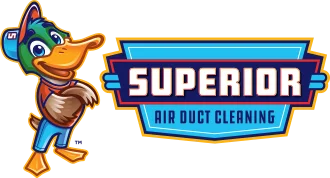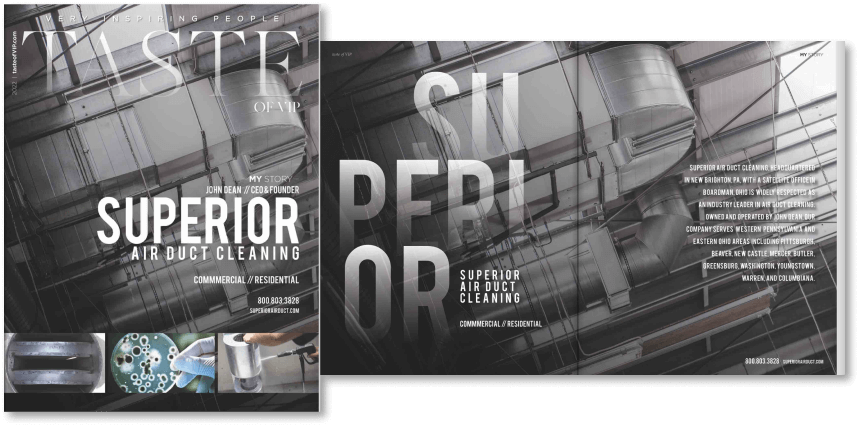Air ducts are a collection of tubes that form the air distribution network of your HVAC system. Because most ductwork remains hidden behind drywall, you might not know how each component works.
Read on to learn about the main components of the ductwork system and how they operate.
Ducts (Pipes and Trunks)
The duct pipes and trunks are the primary channels that provide a path for heated or cooled air to blow throughout your home.
The duct pipes branch out from the duct trunk to the different rooms in your house. The duct trunk is the central duct from the furnace, usually made of steel.
Flexible aluminum (called flexible piping) can be used where your walls require a bendable option.
Duct Transitions
Air ducts must connect according to the specific shape of your home. The pipes and trunks use duct transitions to connect. There are many types of duct transitions and specialized connectors.
They join to make pathways for air to move through your home.
The faster you drive, the harder it is to make a sharp turn. The same goes for airflow in a duct. If there are transitions at tight angles, airflow gets restricted. That is why their placement is so critical.
Some connectors include turning vanes, cleats, and takeoffs. Branch duct takeoffs are standard and come in myriad shapes and styles.
- Round Takeoffs: most cost-effective and commonly used
- Directional Takeoffs: metal scoop or turning vanes protrude out in order to “grab” air from the duct and direct it into a new path
- High-Efficiency Takeoffs (HETO): rectangular to round design that is higher priced
- Rectangular Takeoffs: offer a smooth path for air to move
Plenum
A plenum is a large container that stores air for your HVAC system and is attached to the various ducts. Imagine the plenum as a super highway and the branch duct takeoffs as exit ramps to side roads (ducts going to each room).
Usually, there are two plenums to your ductwork. Your HVAC system will fill the supply plenum with cooled or heated air sent through the ductwork. As the cooled or heated air enters a room, it pushes the existing air into another group of ducts.
These ducts transfer any returned air to the return plenum. Then, the returned air is directed outside through a flue or filter and sent back through the system.
Related Post: Superior Air Duct Looks at the History of HVAC Systems
Flues
Flues remove the toxic gasses created through the heating and cooling process and push the toxic, carbon-monoxide-poisoned air outside the home.
Refrigerant Lines
The refrigerant lines bring refrigerant into the compressors, which allows your HVAC system to heat or cool your air.
Air Handler
The air handler is where the filter and blower fan are situated. The blower fan transports the air through the ductwork. The air handler may also include heating or cooling coils.
Drain Pans and Lines
While HVAC systems heat or cool the air, they also dehumidify it. During the heating and cooling process, condensation builds up within the system. It needs somewhere to go; otherwise, rust or mold can occur inside your home. Drain pans take the created water and empty it using the drain lines outside of your home.
Related Post: Types of Duct Systems – Materials, Shapes, and More
Schedule Residential Air Duct Cleaning
Consider scheduling a residential air duct cleaning from a NADCA-certified company. We give you before-after photos and walk you through it all once the job is done. Contact Superior Air Duct Cleaning in western Pennsylvania or eastern Ohio. We look forward to hearing from you!



